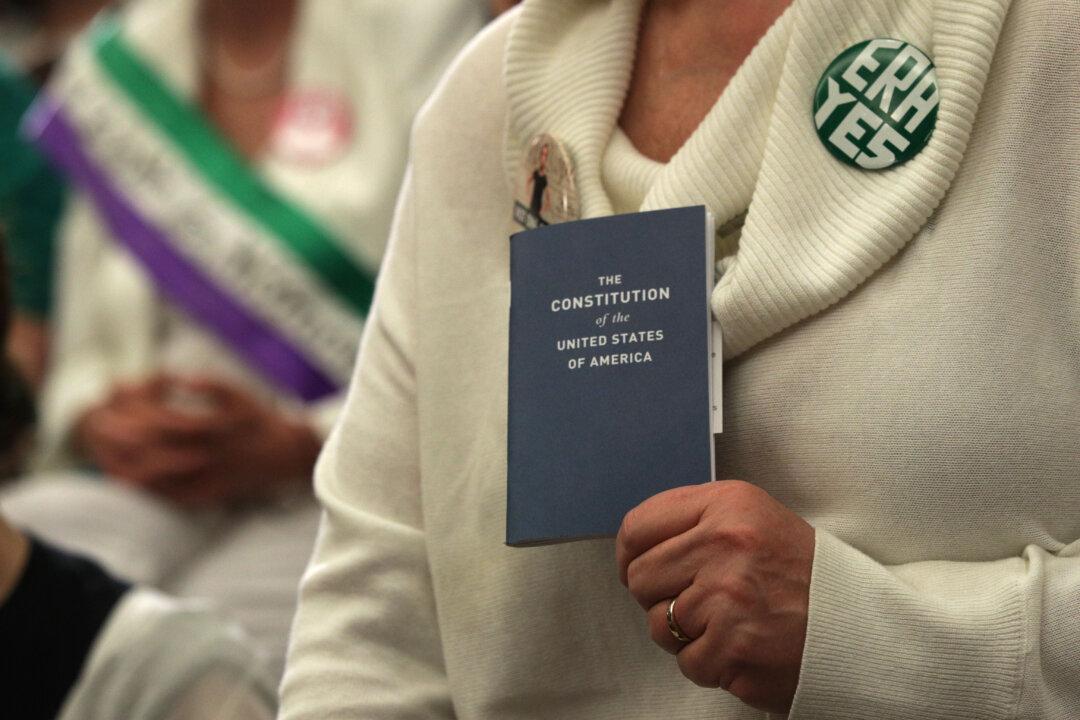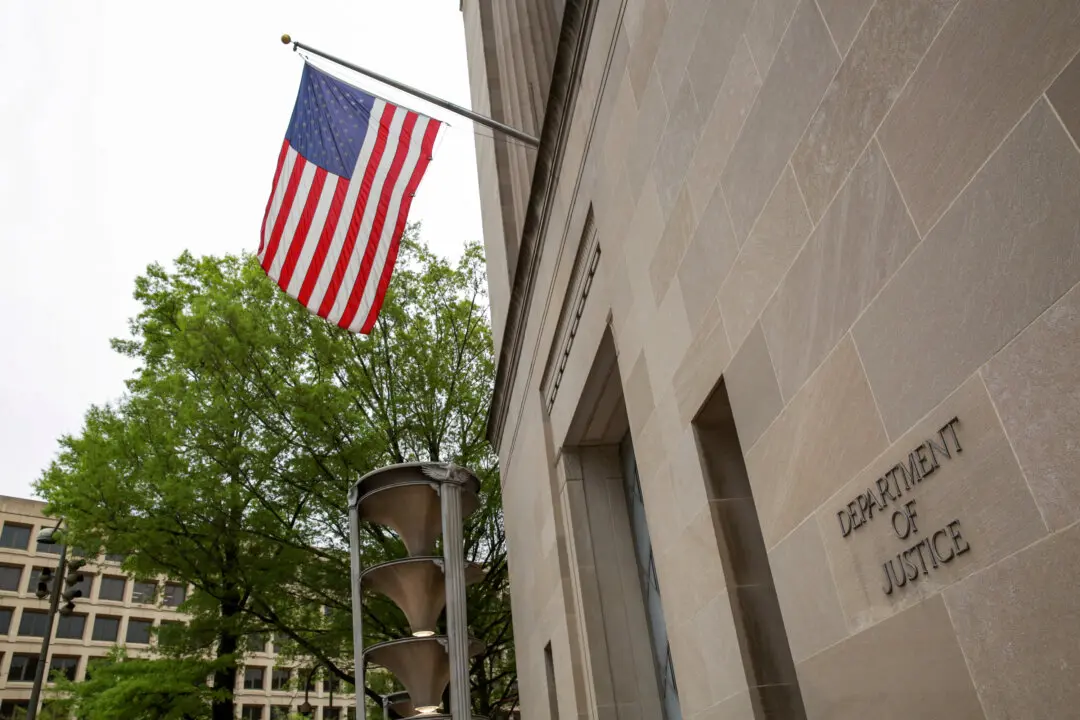The Trump administration is urging a federal court to toss out a lawsuit attempting to compel the United States to adopt the Equal Rights Amendment (ERA) as part of the U.S. Constitution.
The Justice Department (DOJ) filed a motion to dismiss the lawsuit on May 8, arguing that the courts have a limited role in resolving the dispute on whether a deadline adopted by Congress for the ratification of the ERA is valid.




